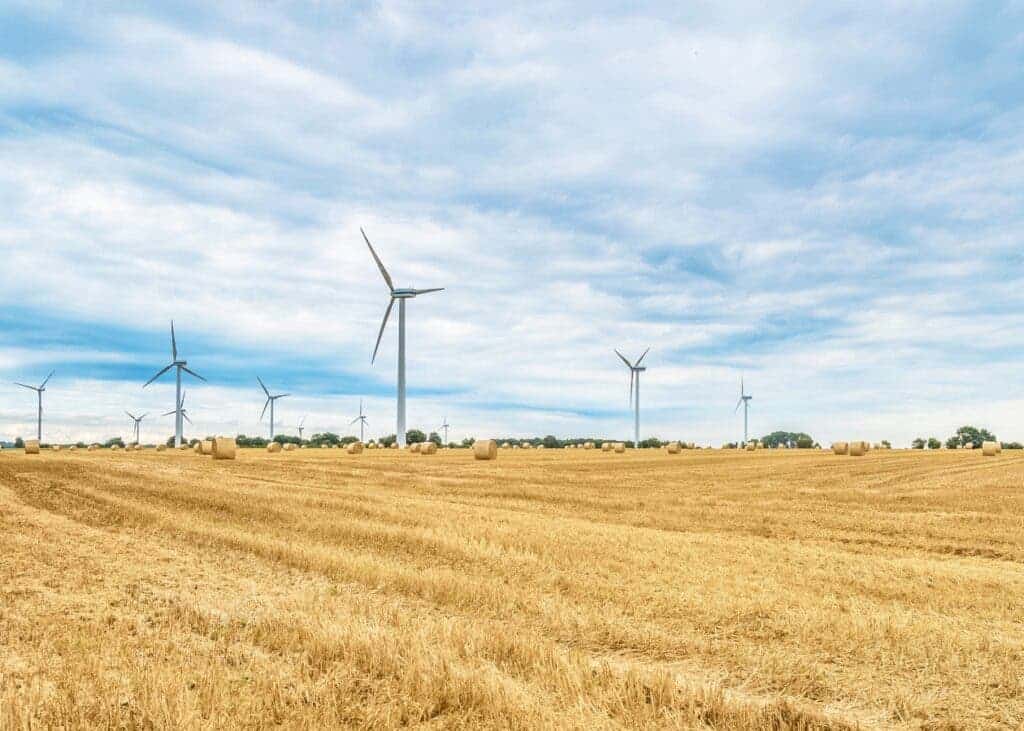Since Russia invaded Ukraine earlier this year, about a quarter of the European Union’s electricity has come from wind and solar energy, according to a new report, a boost that has helped the EU tackle not only its energy problem, but also its soaring inflation. The two electricity generation sources have grown to a record 39 TWh between March and September, up 13% year on year, the authors said.

The growth in renewable power capacity has saved the EU $97 billion in avoided gas imports, which is $10.8 billion more year on year, climate think tanks E3G and Ember concluded in their report. However, the 27 European countries still spent about $80 billion on fossil gas during the analyzed period, which supplied 20% of the electricity.
Chris Rosslowe, a senior analyst at Ember, said that while wind and solar are already helping Europe, the potential is even greater. Within the bloc of countries, 19 broke their own records for solar and wind electricity generation. Even Poland, which has historically relied on coal, saw a 48.5% increase in solar and wind generation.
Record breaking renewables
For their study, the researchers calculated the equivalent cost of natural gas based on the average price of the Dutch TTF, the EU’s benchmark natural gas price index. The TTF reached record prices during the European summer when Russian energy firms began cutting gas flows to Europe. And prices are still very high for this time of the year.
While Poland registered the highest relative increase in wind and solar generation compared with last year, Spain saw the greatest absolute increase in electricity from the two sources. If Spain had used natural gas to generate the electricity produced in the country since March, it would have cost about $1.6 billion in imports, the researchers found.

Of the two renewable energy sources, solar was especially productive in Europe, accounting for a record 12% of EU electricity generation from May to August, according to the report. In just those three months, solar allowed European countries to avoid spending about $28 billion in natural gas imports. And there’s a plan that explains that.
Wind and solar energy have been the main elements behind the EU’s flagship REPower EU plan to transition from a reliance on Russian fossil fuels to a larger focus on clean energy sources to tackle climate change. But while the Ukraine war and the limited gas supply have helped to boost renewables, it might not be enough amid a large energy crisis in Europe.
For the researchers, the persistently high natural gas prices mean that clean energy could be the easiest option for governments over the next few years. Artur Patuleia, a senior associate of energy system transitions at E3G, urged governments to support the clean energy ambition of REPowerEU and make it a core element of the energy price crisis response.
The full report can be accessed here.



